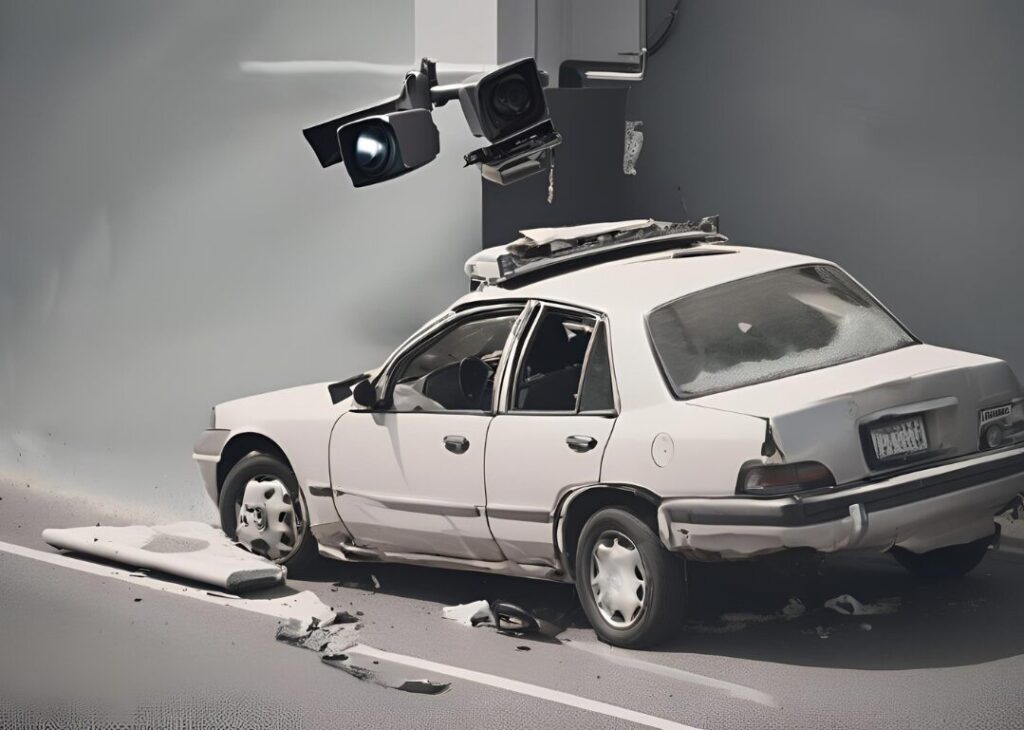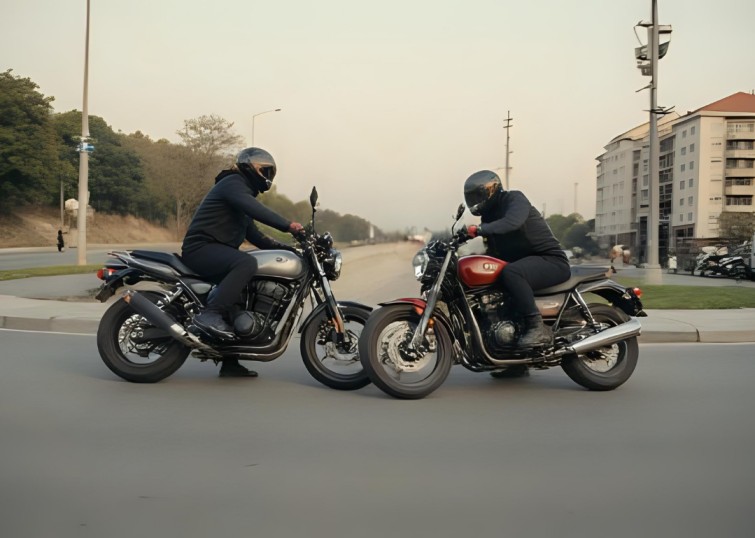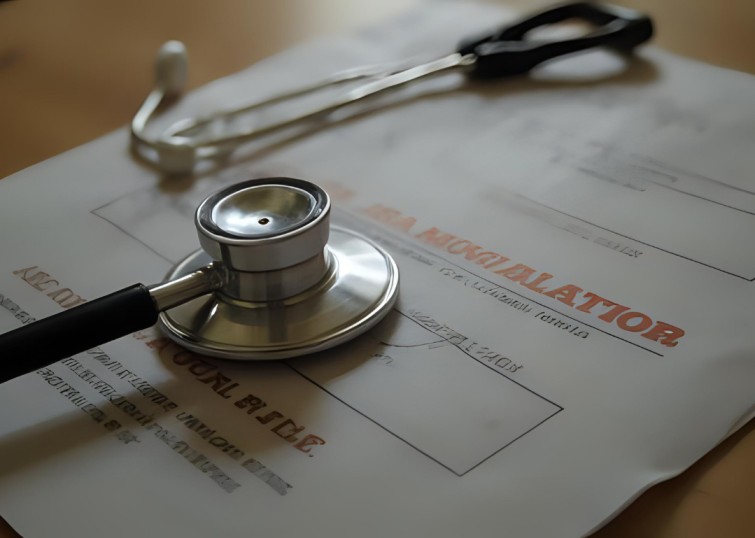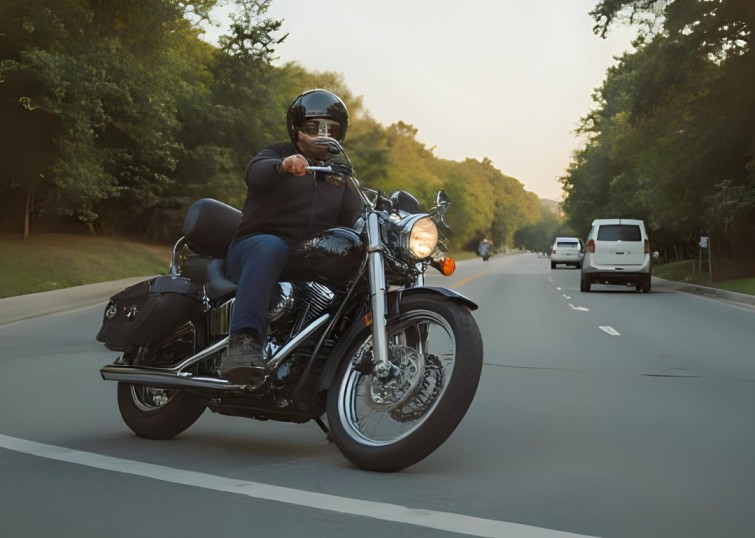TL;DR
Surveillance footage plays a crucial role in personal injury cases by providing objective evidence that can establish liability, support claims, and clarify the sequence of events. It enhances the credibility of testimonies and can significantly influence the outcome of legal proceedings.
Key Highlights
- Evidence of Liability: Surveillance footage can clearly show who is at fault in an accident or incident.
- Sequence of Events: It helps reconstruct the events leading up to and during the injury.
- Credibility Support: Video evidence strengthens the reliability of witness testimonies.
- Insurance Claims: Footage can expedite and substantiate claims with insurance companies.
- Legal Proceedings: Courts often consider surveillance videos as pivotal evidence in personal injury lawsuits.
- Privacy Considerations: Understanding the legal boundaries of using surveillance footage ensures compliance with privacy laws.

Video surveillance has become a key source of evidence in personal injury litigation, with public and private cameras capturing millions of hours of footage daily across streets, parking lots, businesses, and residential areas. According to a 2023 study by the National Institute of Justice, over 60% of civil trial attorneys report using surveillance footage to support or dispute claims in personal injury cases. From traffic intersections to retail stores and apartment complexes, video evidence now plays a central role in clarifying timelines, verifying statements, and establishing fault, often tipping the scales in settlement negotiations or courtroom outcomes.
In Georgia, where modified comparative fault rules under O.C.G.A. § 51-12-33 govern personal injury liability, surveillance footage can be the deciding factor in determining whether a plaintiff’s recovery is reduced or barred altogether. Footage can confirm whether a property owner failed to address a known hazard or whether a claimant exaggerated their injuries. In this article, we’ll examine how surveillance footage is collected, used, and challenged in court, and why timely legal action is essential to preserve critical evidence before it is overwritten or lost.
The Importance of Surveillance Footage in Establishing Liability
Establishing liability is a fundamental aspect of any personal injury case. Surveillance footage offers an unbiased account of the incident, making it easier to determine who is responsible. Unlike eyewitnesses, who may have limited perspectives or personal biases, video recordings provide a clear and objective view of the events.
Objective Evidence
Surveillance cameras capture real-time actions, eliminating the uncertainty and contradictions that can arise from verbal testimonies. This objective evidence is invaluable in cases where liability is disputed, as it presents a factual basis for determining fault.
Reducing Disputes
With clear footage, the chances of conflicting claims diminish significantly. Both parties can refer to the same visual evidence, which helps in reaching a consensus or strengthening one side’s position in court.
Case Studies
In a notable case in Atlanta, surveillance footage from a nearby store camera was pivotal in a slip-and-fall lawsuit. The video clearly showed the condition of the floor and the lack of proper signage, leading to a favorable judgment for the injured party.
Enhancing Credibility of Testimonies
Testimonies from witnesses can vary in reliability due to factors like memory retention, personal biases, and external influences. Surveillance footage serves as a concrete reference point that can validate or challenge these accounts.
Corroborating Statements
When a witness’s account aligns with the video evidence, it reinforces the credibility of their testimony. This consistency is crucial in building a strong case, as it demonstrates reliability and accuracy.
Identifying Discrepancies
In instances where testimonies conflict with the footage, the video can expose inconsistencies, undermining the credibility of unreliable witnesses. This clarity ensures that the case is based on verified facts rather than subjective perceptions.
Real-World Example
Consider a traffic accident where one driver claims the other was speeding. Surveillance footage from a traffic camera can provide precise speed measurements, corroborating or refuting the assertion and informing the case’s direction.
Supporting Insurance Claims with Visual Evidence
Insurance companies often scrutinize personal injury claims to assess their validity and determine appropriate compensation. Surveillance footage can significantly bolster these claims by providing undeniable proof of the incident and its circumstances.
Accelerating Claim Processing
Clear video evidence can expedite the review process, as insurers can quickly verify the details of the claim without extensive investigations or the need for lengthy interviews.
Strengthening Negotiations
With solid proof, individuals are better positioned to negotiate fair settlements. Insurance adjusters are more likely to offer higher compensation when presented with indisputable evidence supporting the claim.
Example Scenario
A homeowner files a claim for property damage caused by a neighbor’s negligent actions. Surveillance footage showing the neighbor’s vehicle crashing into the property can lead to a swift and favorable settlement, minimizing prolonged disputes.
Facilitating Legal Proceedings and Court Decisions
In the courtroom, surveillance footage serves as compelling evidence that can influence judges and juries. Its persuasive power lies in its ability to present a clear and unaltered depiction of events.
Presentation in Court
Visual evidence can be more impactful than verbal descriptions, helping the court to visualize the incident accurately. This can be especially important in complex cases where detailed explanations are necessary.
Influencing Verdicts
Juries are often swayed by clear and objective evidence. Surveillance footage can tip the scales in favor of a party by providing undeniable proof that aligns with legal arguments and testimonies.
Notable Case
In a personal injury lawsuit involving a pedestrian accident, surveillance footage clearly showed the driver running a red light. The evidence was instrumental in securing a verdict that held the driver fully responsible for the injuries sustained by the pedestrian.
Surveillance Evidence: Legal Permissions and Ethical Pitfalls
While surveillance footage is a powerful tool, its use comes with responsibilities and legal boundaries. Understanding and adhering to privacy laws ensures that the evidence is obtained and utilized ethically.
Legal Compliance
In Georgia, laws such as Georgia Code § 16-11-71 outline the regulations surrounding the use of surveillance cameras. Ensuring compliance with these statutes is essential to avoid legal repercussions and ensure the admissibility of the footage in court.
Ethical Use
Respecting individuals’ privacy rights is paramount. Surveillance should only be used for legitimate purposes related to the incident in question, and access to the footage should be restricted to authorized parties involved in the case.
Best Practices
- Obtaining Permissions: Secure consent from property owners before accessing surveillance footage.
- Securing Evidence: Ensure that the footage is preserved in its original state to maintain its integrity.
- Consulting Legal Experts: Work with legal professionals to navigate the complexities of privacy laws and ensure proper use of the evidence.
Maximizing the Effectiveness of Surveillance Footage in Your Case
To fully leverage surveillance footage in a personal injury case, it’s important to approach its collection and presentation strategically. Proper handling can significantly impact the case’s outcome.
Timely Collection
Secure the footage as soon as possible after the incident to prevent tampering or deletion. Prompt action ensures that the evidence remains intact and reliable.
High-Quality Footage
Ensure that the video is clear and comprehensive. High-resolution recordings that capture all relevant angles and details are more persuasive and easier to analyze.
Expert Analysis
Consulting with experts in video analysis can help interpret the footage accurately. Professionals can identify key moments, verify authenticity, and present the evidence effectively in court.
Integrating with Other Evidence
Combine surveillance footage with other forms of evidence, such as medical records, witness statements, and expert testimonies, to create a robust and compelling case.
Overcoming Challenges in Using Surveillance Footage
While surveillance footage is invaluable, certain challenges may arise in its use. Addressing these obstacles proactively ensures that the evidence remains effective and admissible.
Admissibility Issues
To be admissible in court, the footage must meet specific criteria, including relevance and authenticity. Ensuring that the video is obtained legally and not altered is crucial for its acceptance as evidence.
Technical Difficulties
Poor video quality, incomplete recordings, or technical malfunctions can diminish the footage’s usefulness. Investing in high-quality cameras and regular maintenance can mitigate these issues.
Chain of Custody
Maintaining a clear and documented chain of custody ensures that the footage has not been tampered with. Proper handling and storage are essential to preserve the evidence’s integrity.
Strategies to Mitigate Challenges
- Legal Guidance: Work with an atlanta personal injury attorney to navigate admissibility requirements.
- Technical Support: Utilize professional services for video restoration and enhancement if needed.
- Documentation: Keep detailed records of how and when the footage was obtained and handled to establish a reliable chain of custody.
Conclusion
Surveillance footage has become a powerful tool in modern personal injury litigation, offering clear, objective evidence that can validate claims, refute inaccuracies, and strengthen the overall legal narrative. When properly obtained and legally admissible, video evidence can significantly influence the outcome of a case by demonstrating fault, clarifying timelines, and reinforcing witness accounts. Yet, despite its value, leveraging surveillance footage requires a nuanced understanding of state laws, privacy rights, and evidentiary procedures to ensure it works in favor of the injured party rather than against them.
For individuals pursuing compensation after an accident, securing surveillance footage early and working with a skilled attorney can make a substantial difference. Whether it’s traffic camera recordings, security video from a business, or dashboard footage, these assets must be preserved and interpreted correctly to support your case effectively. If you believe video evidence may support your personal injury claim, contact us today for a free case evaluation. Our legal team will help you assess your options, protect your rights, and pursue the justice you deserve with confidence and clarity.



